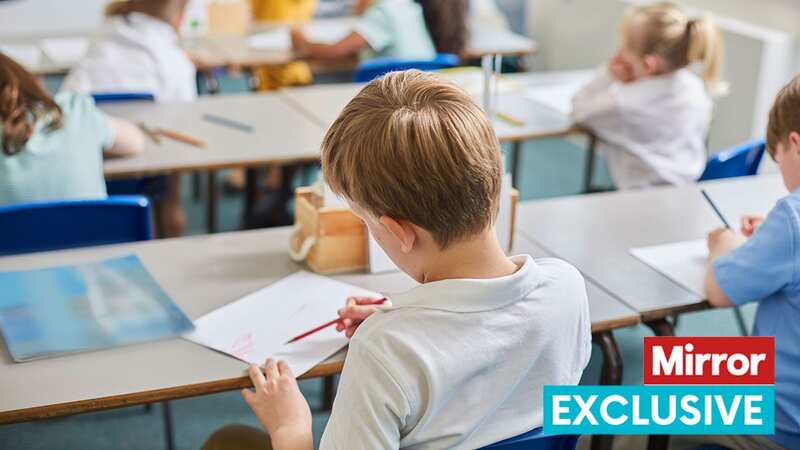

Children as young as four are carrying blades in schools.
Police in England and Wales have records of nearly 500 kids aged 11 and under caught with the weapons in the last four school years. But the true figure could top 1,000, as only half of the 43 forces responded to our Freedom of Information request. Weapons include kitchen knives, scissors, penknives and Stanley knives. David Simmons set up charity Changing Lives after a knife-wielding six-year-old threatened him in 2017.
The ex-teacher said: “This issue is like a cancer that is spreading. There’s not enough staff in schools, there are no community police officers in schools, support for young people has been taken due to Government cuts.” The youngest suspect in our investigation was a boy of four caught with a blade at a school in Lancashire. In London, the youngest of 127 primary school offenders was seven, while in Suffolk, police probed a five-year-old. Cambridgeshire police investigated a 10-year-old for an assault with scissors – plus a blade attack at a nursery school, with no details given for the suspect.
In Wakefield, West Yorks, a nine-year-old launched a knife attack in school. And a nine-year-old in Cleveland was carrying scissors as a weapon. The law says children aged under 10 cannot be prosecuted. Mr Simmons, whose Essex charity runs gang intervention programmes in schools and community hubs, wants knife crime safety to be taught in schools to children as young as four.
He said: “The only way this can get better is more funding to community organisations, education within schools and banning children from watching any form of violence, either from games or films.” The Government said it was investing over £50,000 on specialists to tackle the problem.
 Mourners gather at purple-themed vigil to remember girl, 15, stabbed to death
Mourners gather at purple-themed vigil to remember girl, 15, stabbed to death
A spokeswoman said: “Our Violence Reduction Units are bringing together local partners in areas where they work to deliver early intervention and prevention programmes to drive young people from crime. The units have reached over 215,000 vulnerable young people.”